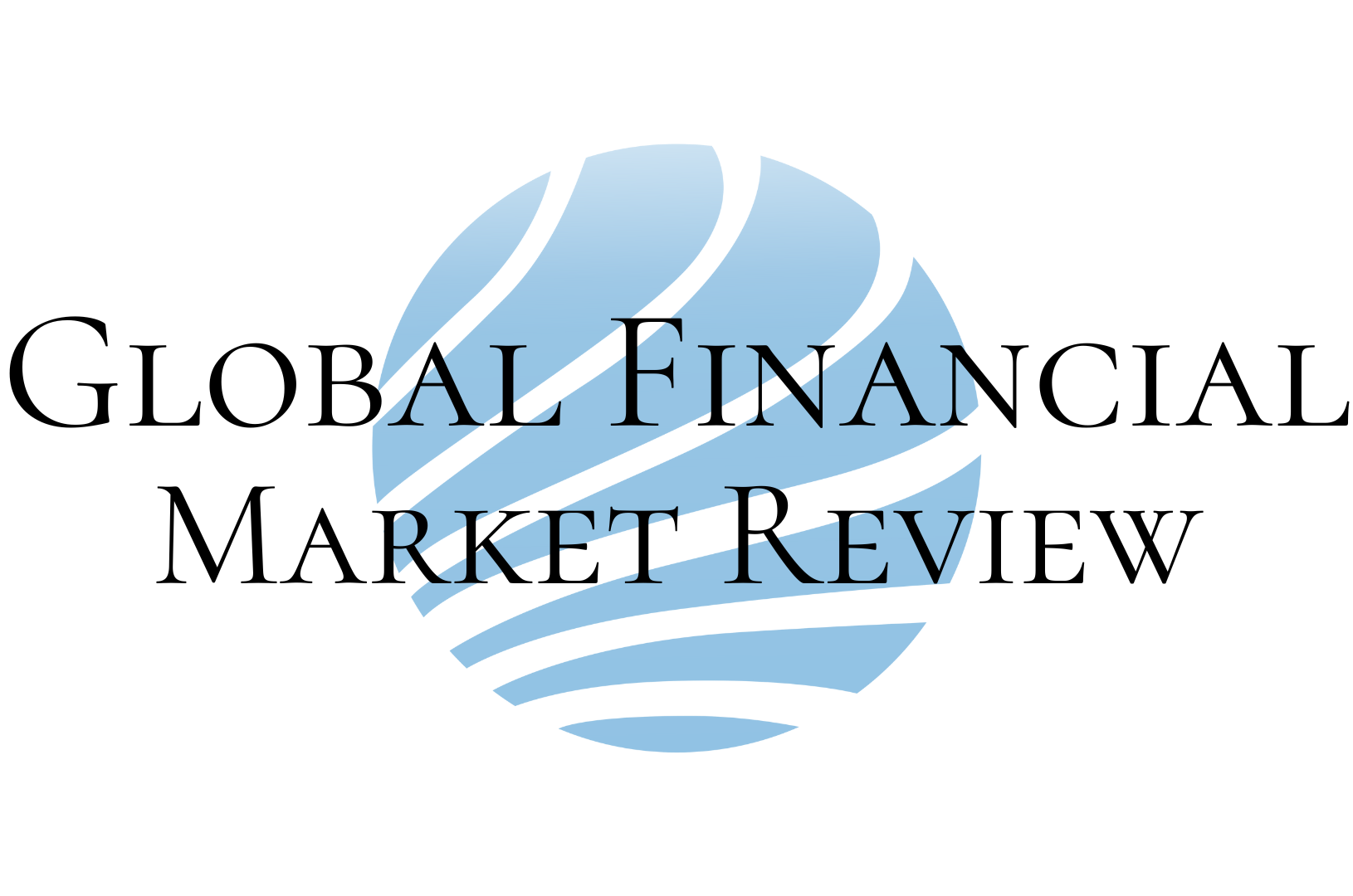Saudi Aramco's Lavish Dividends Seen Stretching Finances In Oil Slump

To lure investors, Aramco has promised a bumper dividend payment of at least $75bn a year
In Saudi Aramco’s initial public offering, one selling point is the idea that rock-bottom drilling costs will allow the world’s largest producer to weather the next oil slump better than majors like Exxon Mobil and Royal Dutch Shell.
It may not be that simple. When the banks working on the IPO put the company’s balance sheet through the stress of low oil prices and reduced production, Aramco struggled.
To lure investors, Aramco has promised a bumper dividend payment of at least $75 billion a year. That could make yields competitive with the likes of Exxon and Shell, but also threatens to stretch the world’s largest oil producer if prices fall.
JP Morgan Chase & Co told prospective investors in a research report that under an “acid test” of crude at $40 a barrel and production of 9 million barrels a day, Aramco would only remain within its self-imposed borrowing target by cutting its dividend by 30% and slashing spending dramatically.
China said to mull up to $10bn stake in Saudi Aramco IPO
Sources say Chinese state-owned entities are in talks about investing up to $10bn in initial public offering
Aramco and JPMorgan declined to comment.
In the last oil slump, when Brent crude plunged to a low as $27.10 a barrel in January 2016, oil prices only recovered after Saudi Arabia led a group of OPEC and non-OPEC countries in cutting production. Lower output from the Organization of Petroleum Exporting Countries means less production and revenue for Aramco, which pumps all of the kingdom’s oil.
JPMorgan’s scenario is hypothetical and may not resemble real oil prices and production levels anytime soon, but it shows that Aramco would suffer as other companies do when oil prices drop. Aramco currently produces close to 10 million barrels a day, and Brent crude is trading above $60 a barrel.
Aramco, which currently carries no debt, has a self imposed a gearing ratio - a measure of indebtedness - of 5 percent to 15 percent, giving it significant room to borrow. Even then, it will be significantly lower than publicly traded oil majors, which traditionally target a ratio of 20 percent to 30 percent.
Aramco has promised to pay shareholders at least $75 billion in dividends next year, up from $58 billion in 2018.
It has given itself a potential get-out clause if the oil market becomes really ugly, though. Aramco has said that it would guarantee dividends to minority shareholders at the expense of payments to the government.
While that would hit government finances already suffering from lower oil-related tax revenue, it does provide potential room for maneuver.
In pre-IPO research sent to investors, banks highlighted that despite the enormous cash flows generated by Aramco, the company would need to take on debt to cover spending plans, acquisitions and dividends at $60 a barrel.
For example, Goldman Sachs, in an 80-page report, told investors that Aramco will face a cash deficit of $11 billion in 2019, rising to $27 billion in 2020. The company will take on debt to bridge the gap. In 2021, the deficit drops to about $8 billion, Goldman said. UBS, in a 156-page report, also warned of cash deficits, although smaller.
To be sure, other oil majors would probably struggle even more than Aramco if oil prices drop to $40 a barrel. But they benefit however from the ability to determine their own production. In the case of Aramco, it’s the Saudi oil ministry, in coordination with OPEC, who decides how much the company pumps.
For all the latest banking and finance news from the UAE and Gulf countries, follow us on Twitter and Linkedin, like us on Facebook and subscribe to our YouTube page, which is updated daily.DIFC Courts Embrace Blockchain Tools For Complex Digital Asset Cases
New custodial and analytics services will allow judges and litigants to better manage disputes involving cryptocurrenci... Read more
UAE Announces Major Changes To Corporate Tax Rules
Changes explain how corporate tax liabilities are settled and give businesses the right to claim payments in certain ca... Read more
Kuwait To Launch Dedicated Banking Crimes Prosecution Office In 2026
New unit in Kuwait will target cyber fraud, cheque offences and financial forgery as authorities step up protection of ... Read more
Islamic Development Bank Approves $1.365bn Financing In 12 Countries
To support development projects, including renewable energy, power networks, transport corridors, water and agricultura... Read more
UAE Tops MENA Crypto Adoption And Ranks 5th Worldwide – Report
World Crypto Rankings 2025 highlights the UAE’s rise as a regional leader in digital assets and tokenisation, with Du... Read more
ADIO, Primavera To Collaborate To Attract High-growth Companies To Abu Dhabi
The partnership will increase cross-border capital flows, deepen investor partnerships and expand the footprint of glob... Read more


